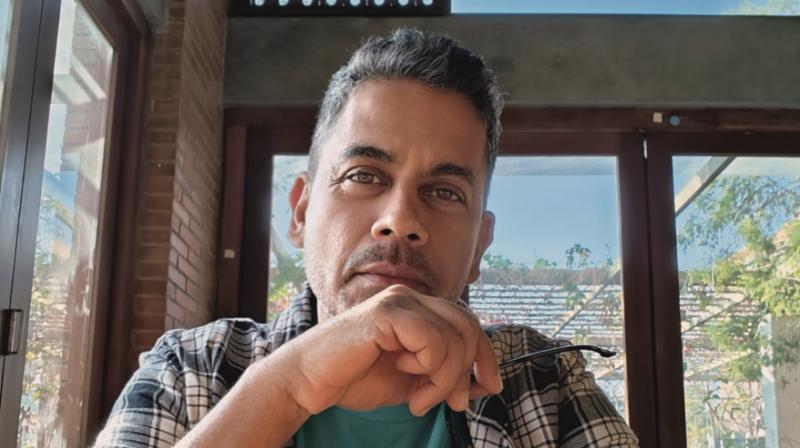Pitches are a notorious waste of time, energy, and money. For agencies and clients alike. A massive distraction from everyday business, pitches are a resource and energy black hole that rarely result in transformational outcomes. Incredibly, while so much around the business has changed, the ‘pitch process’ remains relatively ossified.
Clients tend to approach an agency pitch much like an examination – a task whose principal objective is to ascertain which agency provides the best answer to their question. They set a test paper, organise a studiedly soulless briefing of the selected agencies and proceed to leave them to their own devices to find the answer (often on the pretext of ‘we’d like to see how the agency thinks’ or even worse ‘procurement will take it from here’). A few weeks later they reassemble to judge the agency’s response and pick the one that, almost predictably, most closely aligns with their views on how the problem should be solved. Could there be a more wasteful, artificial, and inimical process? Could there be one with lower odds of predicting a successful, long (or even short) term partnership?
Clients need to make a radical shift in how they select their agency partners. For their own good. From ‘evaluate’ to ‘collaborate’ is probably the simplest description of the required change in mindset. Application of this mindset effectively transforms the pitch process into a series of intense interactions between clients and their potential partners to determine which collaboration results in the best outcomes. In doing so, the pitch begins to mimic real-life behaviour and provide clients with an inside view of how their partner-to-be thinks, creates, deals with obstacles, and bounces back. Most importantly, a dense effort such as this provides the best chance of answering that million-dollar question: Do you like and respect your agency? Clients spend countless hours evaluating strategies, ideas, and costs but not nearly enough debating team chemistry.
Played out, here’s what a ‘collaborative pitch’ might look like. Start by identifying agencies that have a body of work that you like. Invite only (and only) these agencies. An agency that does great work across its clients over time is extremely likely to do the same for you.
Then, ask the shortlisted agencies to share how they came upon their best pieces of work. Ask them how they approached the marketing challenge, the resources they used to understand the problem better, how they arrived at the eventual strategy, how they hit upon the creative platform/idea, and how they knew it was the right one. Ask a zillion questions. Asking the right questions is seriously underrated - it can tell you more about how they think and work than anything else.
Spend the next few weeks meeting your potential partners as often as you possibly can. Take the process from brief to strategic choices to ideas to execution plans – do it all. With them. Assess if you are being challenged, provoked, and inspired. Assess also if you find them intelligent, resourceful, creative, and likeable. At the end of this process, some of the collaborations might be less than optimal, but that’s ok. Others will bloom gloriously resulting in great work. Work that you have co-created, that has a real chance of winning in the marketplace and is the result of a beautiful team effort.
It’s worthwhile remembering that nothing great was ever achieved by teams lacking mutual affection and regard.
This is part of a two-part written by Shiv Sethuraman, founder, The New Business for Manifest. The second instalment of this article will appear first in the July issue of Manifest.













